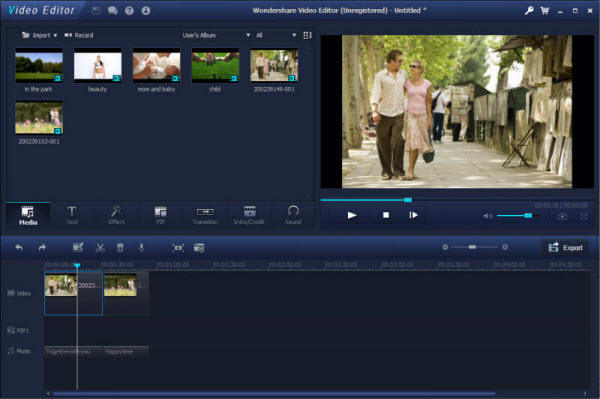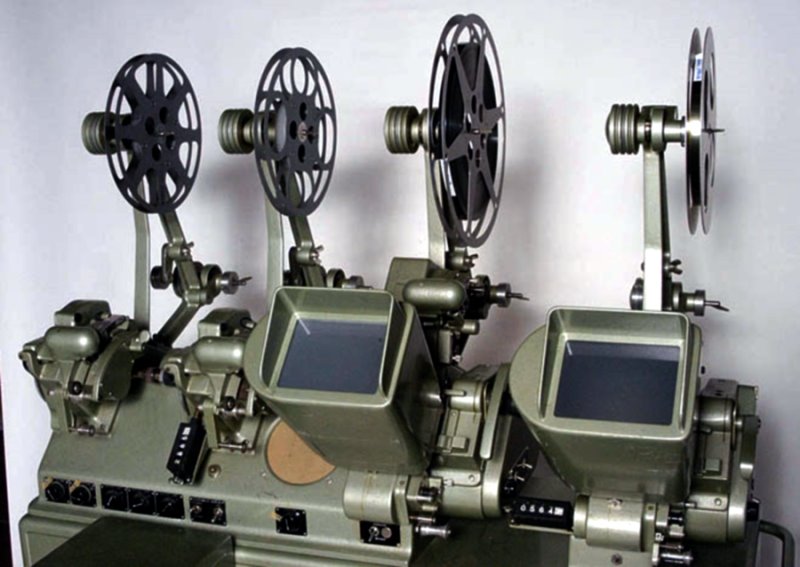

When editing, not all of the scenes have to be one right after the other. These types of sequential establishing scenes are important, as they tell the audience what they should be paying attention to (and what they shouldn’t), and they give the audience important information about the context of the video. Once that has been established (scene and character), the video can move on to the action and the plot. A wide pan can establish a scene, while fixing on a character can establish that they are the focus. One thing that can help with developing a narrative is the process of editing in a sequence: Ensuring that shots are sequential even if they are very different shots. Video Editing Process: Editing in a Sequence In artistic works, such as short films and fiction, some ambiguity may be possible (or even necessary) in service of the work. This is especially true in commercials, infomercials, and other business-related works, as in general the audience’s takeaway should be fairly precise. It’s these details that become important, as ambiguity can make it difficult to convey the right message. To someone who has worked closely on a video, some things may seem obvious when they’re really not - an actor that looks pensive to a director can instead look angry to an audience. A test audience should usually be the audience that is the closest to the demographic that you’re targeting. A test audience can tell you what they think happened in the story, what they were confused about, and anything they would have wanted to know more about. Sometimes the only way to do this successfully is to run your movie by a test audience. Similarly, it may be necessary to add scenes or to move scenes around if you find that the story has become muddled or confusing.

It is not the individual scenes that are important, but instead the overall piece. Often you will have to pare down scenes that simply don’t contribute much to the story, even if those scenes have been shot well or are interesting in and of themselves. The idea is to ensure that the scenes are placed in a chronological order that is easy to track - that nothing is out of place or unnecessary. Often it’s important to be as conservative as possible when video editing. What Is Video Editing? Telling a Story Through Video Editing Though it often takes experience in editing to get better at it, there are many elements of editing in film that even beginners can consider when trying to become a great video editor. Video editing definition is what turns raw footage into a creative, well-polished narrative.


Though editing can’t always save a bad production, it is what turns a “good” production into a “great” one. And, contrary to popular belief, it often has to do more with the editing than anything else. Video can be mesmerizing and memorable - or it can be generic and forgettable.


 0 kommentar(er)
0 kommentar(er)
